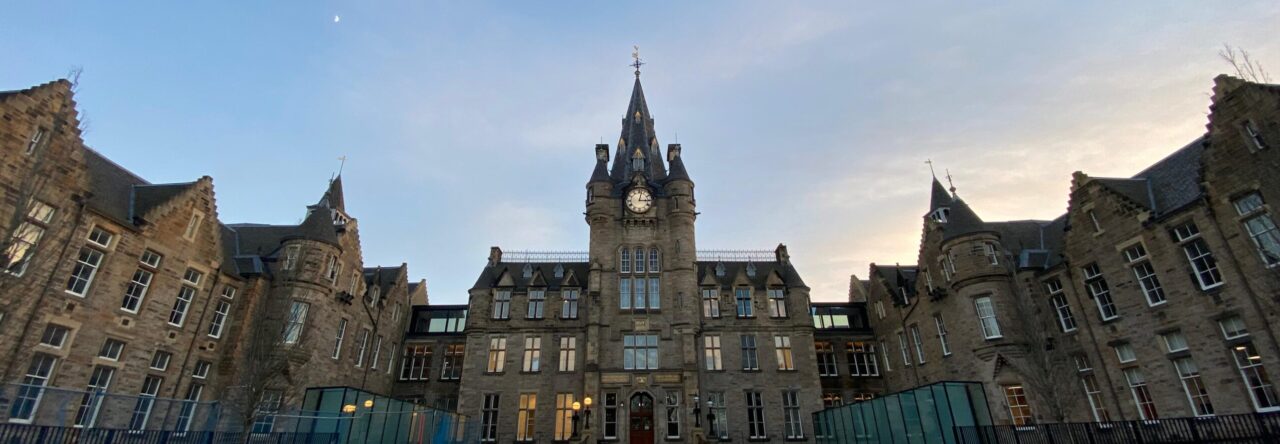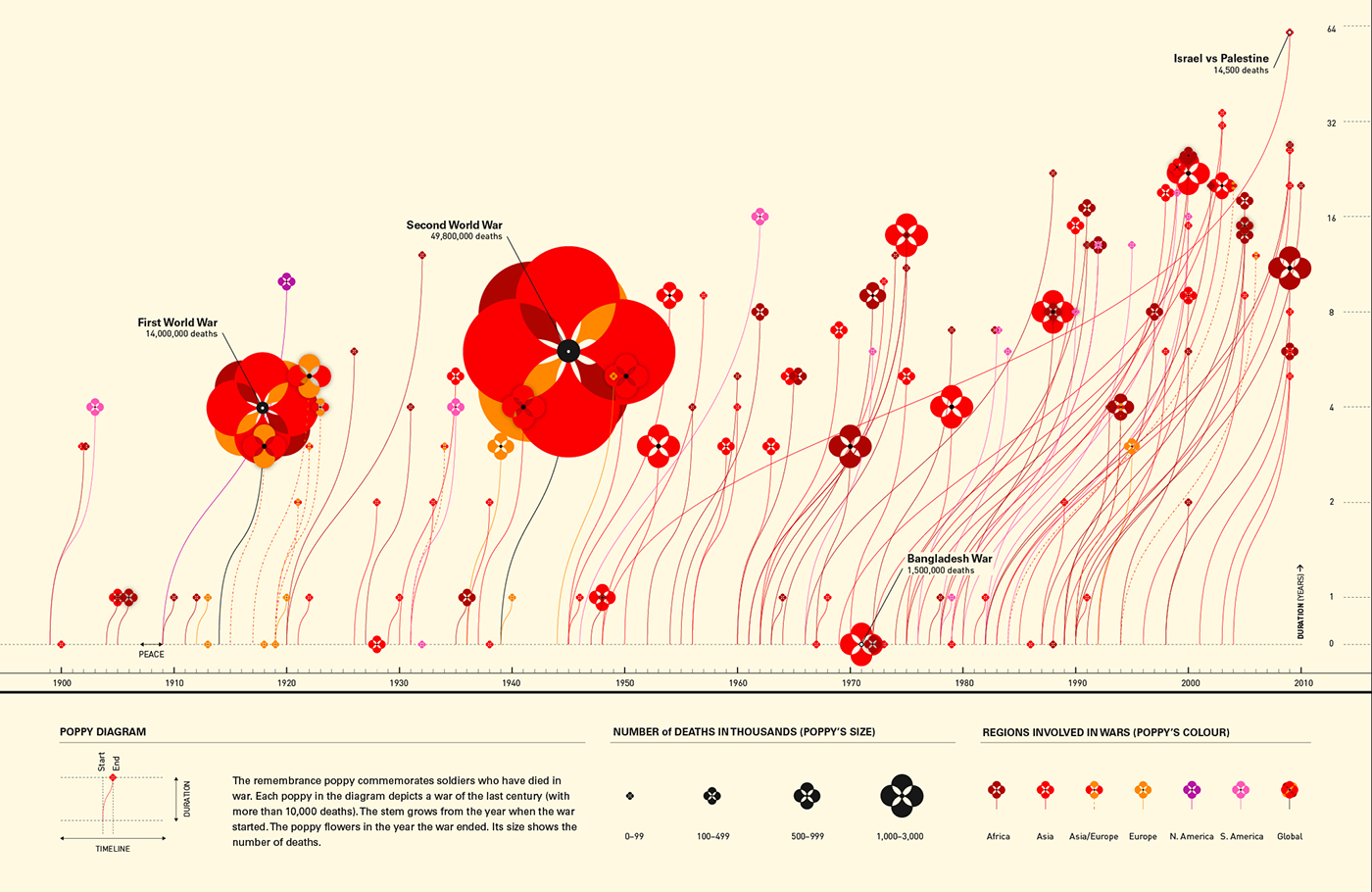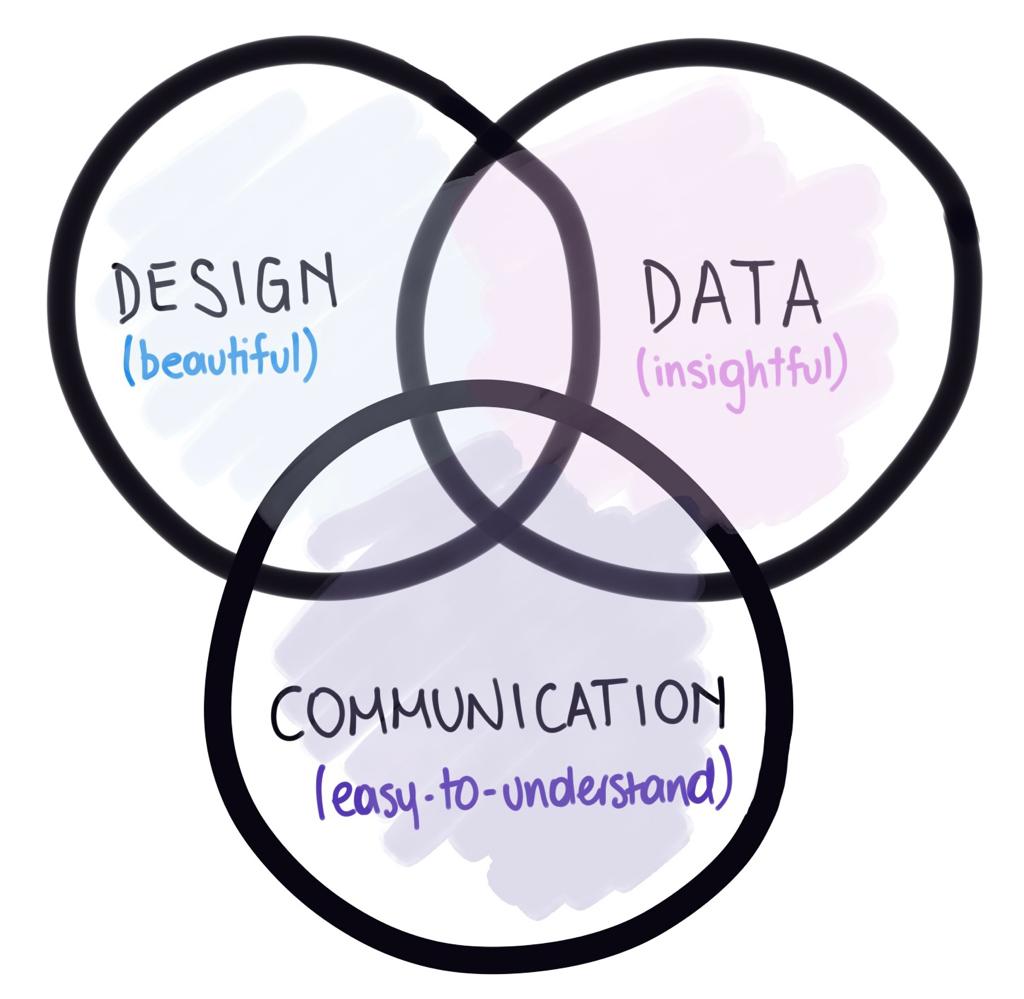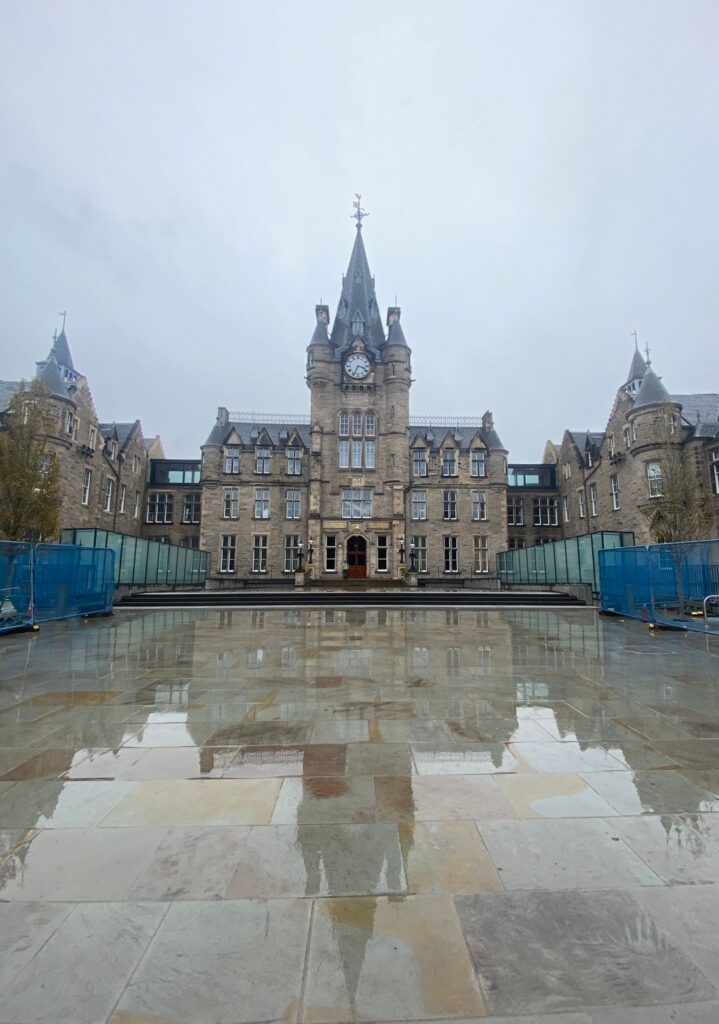After finishing all my intensives for this semester (it was a turbulent first month indeed), I feel like I now need time to take it all in and settle my acquired knowledge through the post-intensives and final assessments.
I particularly enjoyed the course Text Mining for Social Research, where we dug deep into programming to analyse different corpora of texts. Having access to big corpora of digitalised information (in this course we used the newspaper The Guardian’s API, and in Narrative and Computational Text Analysis we used Chronicling America, an API with newspapers from the US, ranging from 1770 to 1962) opens up the door to endless possibilities. I feel like one can truly apply creativity in them to answer fascinating questions. I particularly liked developing my final project for the Text Mining course, where I explored the use of the term “femicide” in The Guardian articles and analysed this. This said, I know I would want to apply coding to my Futures Project for its data component.
I have yet to know what this data would be and where I would take it from (if it would be data I would gather through surveys, observation or other quantitative or qualitative methods, or if it would be data taken from a preexisting database).
As for the data visualisation component, I would need to improve my skills. In this sense, I am looking forward to next semester’s course, “Representing Data”, and attending the “Information + Conference” in November. However, in trying to apply a “dataviz” mindset, I went about my Interdisciplinary Futures illustrated autobiography as a data visualisation. I wanted to make it easy to understand and insightful, not only in its content but in its form (making form contributory to the content).
During the last supervision meeting, the type of visualisation that stood out the most was my proposal of making a 3D printed dataviz to aid visually impaired people to access that information. However, I am not 100 % sure if I want to go in this direction. I would first need to get a close approach with the target audience and investigate if this is really something necessary or how it could best work. I could potentially get involved with visually impaired organisations (I was looking into Sight Scotland and Visibility Scotland), but first, I want to make sure I want to go in that direction, which is something I haven’t yet decided.
I hope that as I embark on readings for my next assignments (mainly for The World of Story and Creating Visual Narratives), I can come across more interesting components to keep building my project.



